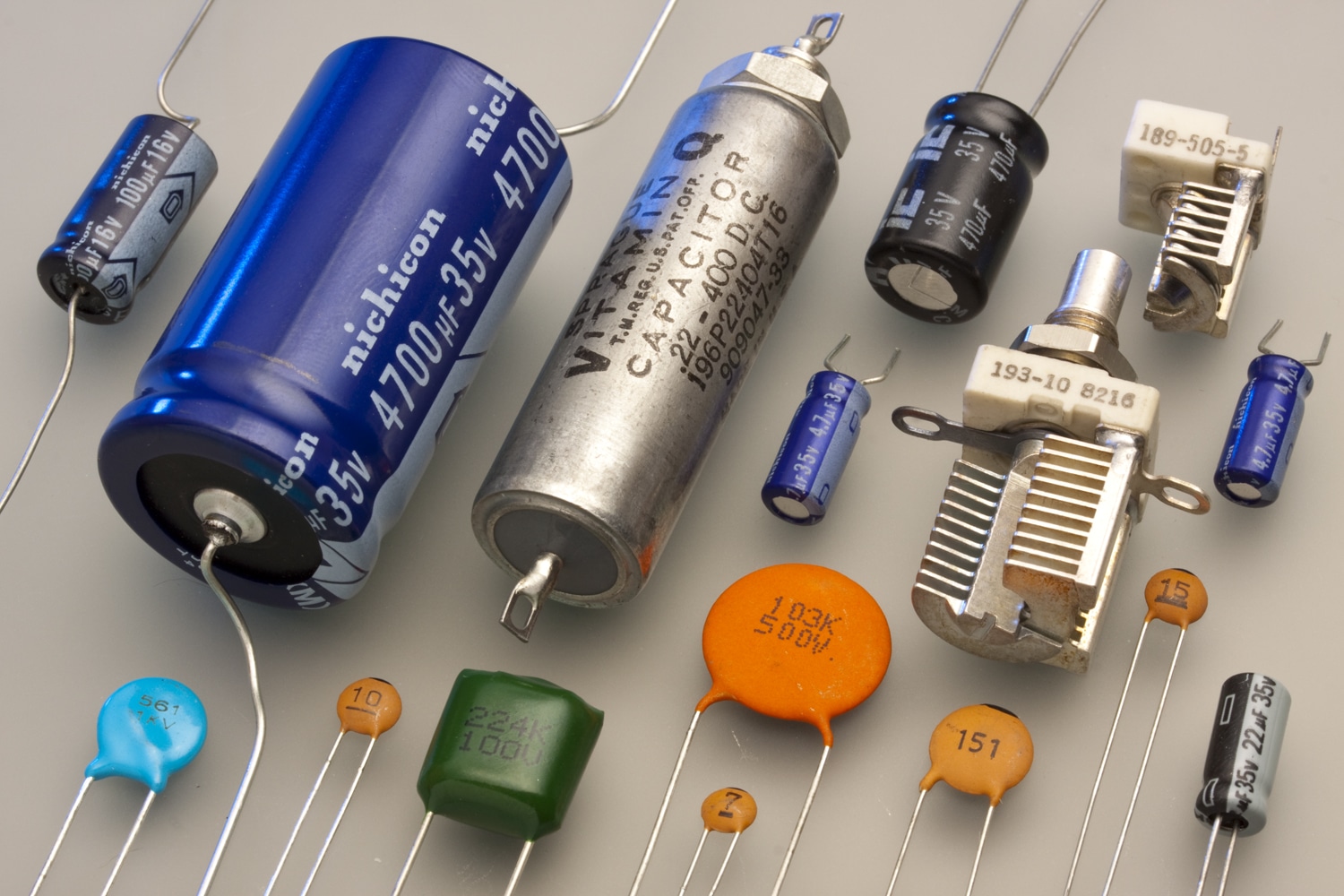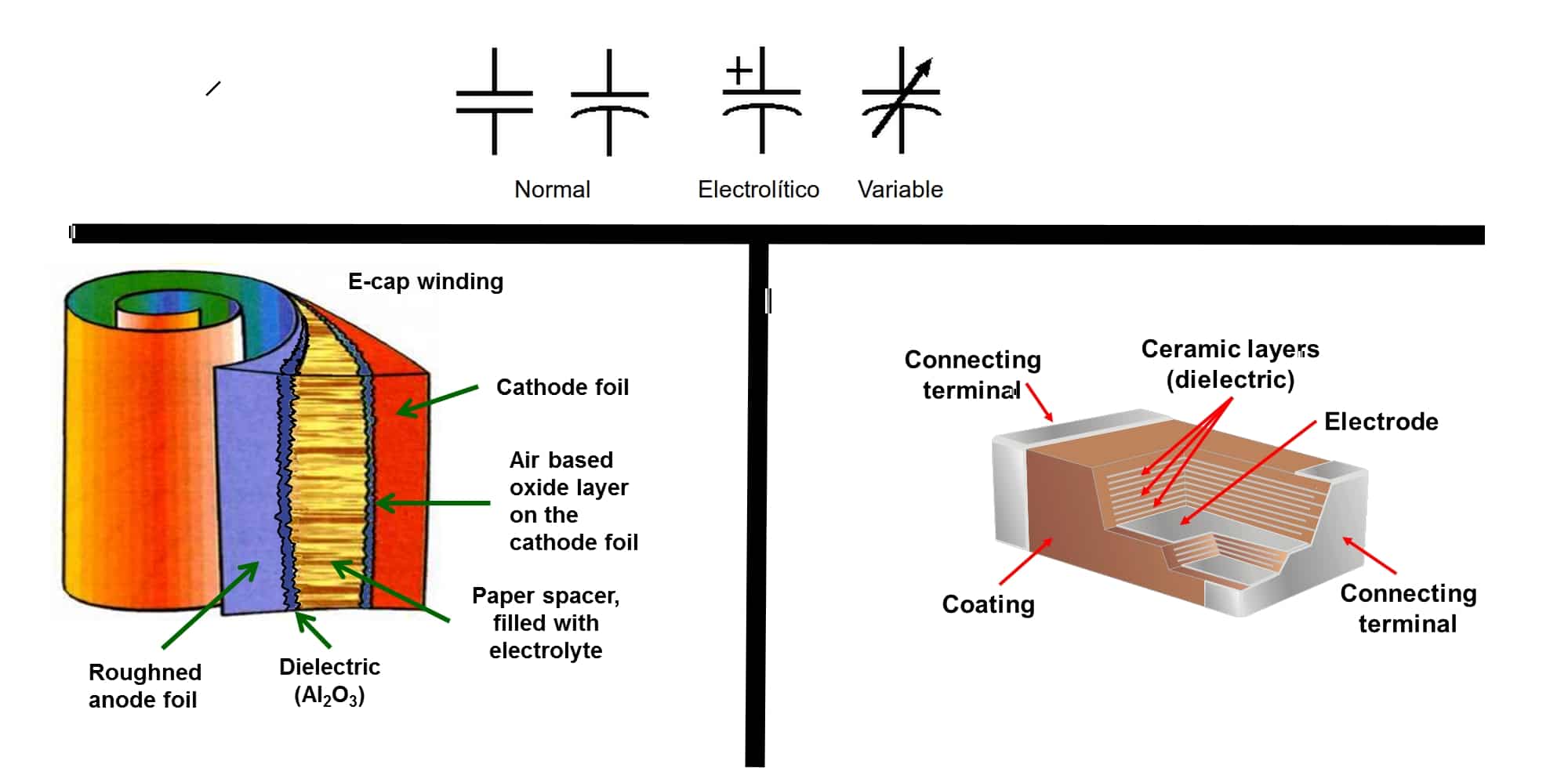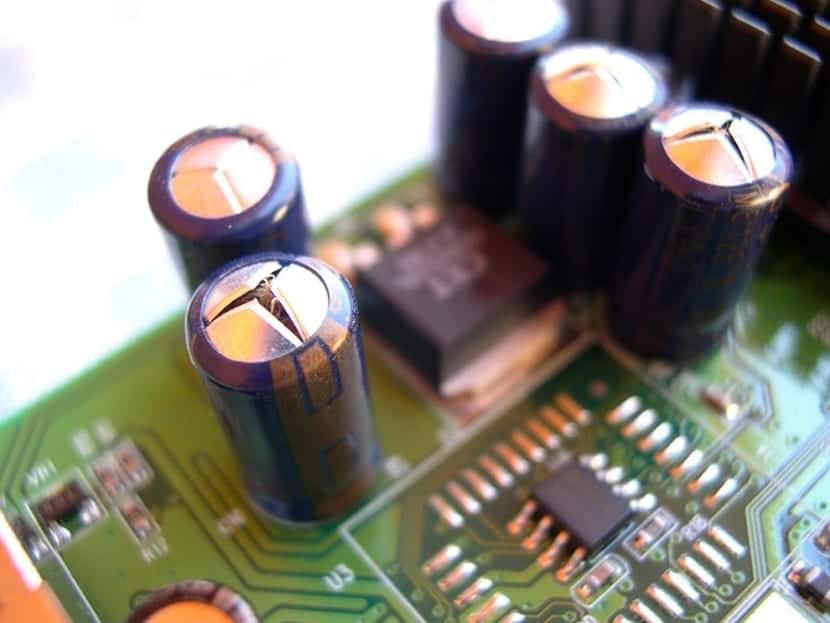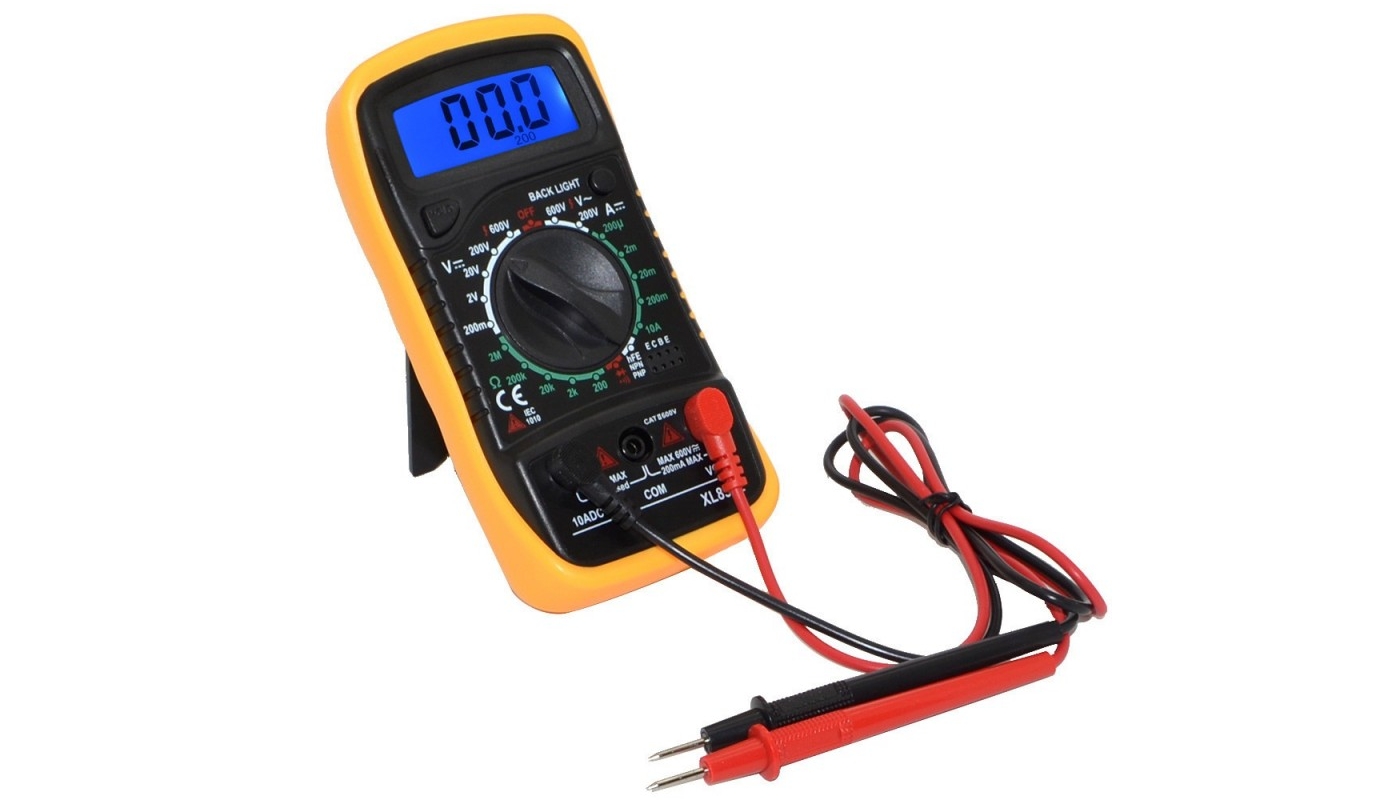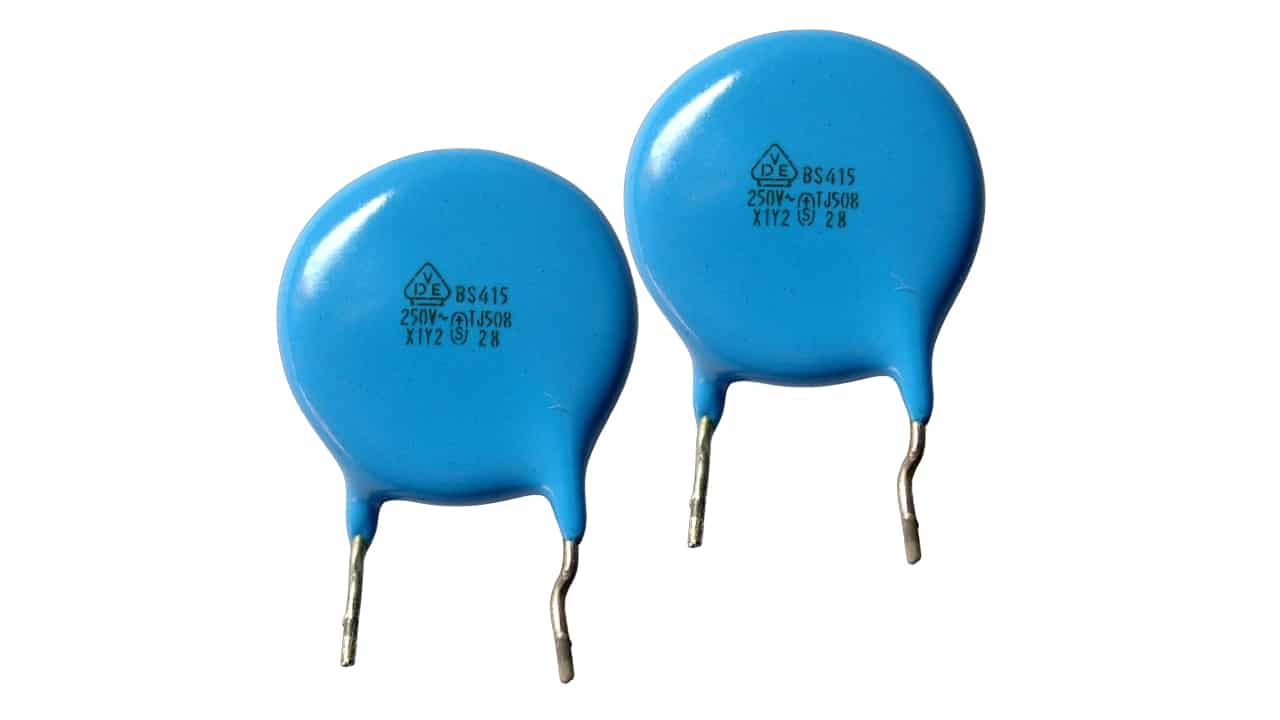
In this blog we have already commented on other Electronic components, including electrolytic capacitors, and how can they be checked. Now it is the turn of the ceramic capacitor, a particular type of these passive devices that are also widely used in many circuits of all kinds, and that have some particularities compared to electrolytic capacitors.
With this guide you will understand What are they, how they are built, the possible applications, how they work, as well as some examples of use and where you can buy them.
What is a capacitor?
Un condenser It is an electronic device capable of storing an electrical charge in the form of a potential difference. It is a passive element, such as resistors, potentiometers, coils, etc. As for the way to achieve this energy storage, they do it by sustaining an electric field.
Capacitors have many uses, and can be used both in electronic circuits and in electrical circuits, both in direct current and alternating current.
ceramic capacitor

Un ceramic capacitor It usually has that peculiar shape, which sometimes looks like a lentil, although they can also be implemented as surface mount elements (SMD), such as MLCC (very fashionable now due to the problems of NVIDIA graphics cards). In this case, the difference with other types of capacitors is that the dielectric material used is ceramic, hence its name.
They usually use several layers, with different capacities (they are usually from 1nF to 1F, although there are some up to 100F), sizes and geometric shapes. However, due to negative effects such as eddy currents.
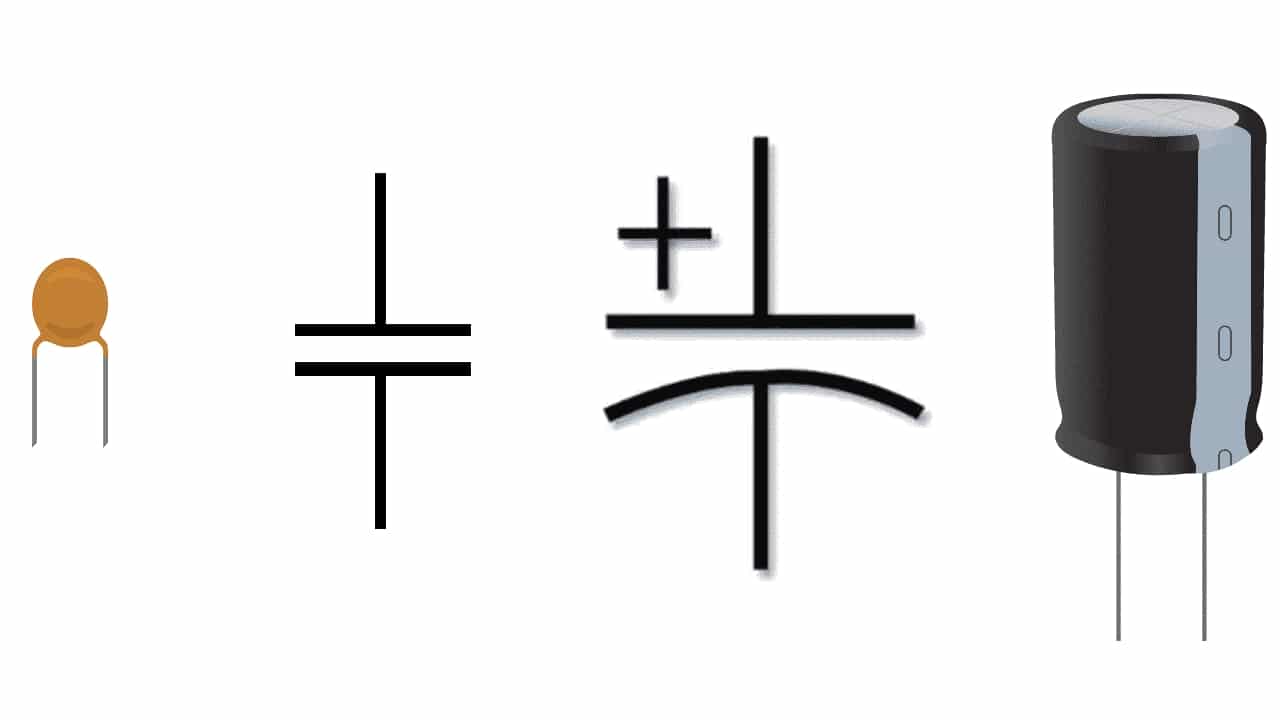
Ceramic (left) and electrolytic (right) capacitor
One of the differences with electrolytics is that the ceramic capacitor They lack polarity therefore, they can be used in any way, and in alternating current circuits safely, something that does not happen with electrolytics, which have a defined polarity and the poles must be respected if you do not want to end up with an exploding capacitor.
On the other hand, a ceramic capacitor also has a fantastic frequency response. They also stand out for their good heat resistance due to their material, and a low price.
History of ceramic capacitor
ceramic condenser was created in Italy, in 1900. At the end of the 1930s, titanate began to be added to ceramics (BaTiO3 or barium titanate), which could be manufactured at a lower cost. The first applications of these devices were in military electronic equipment during the 40s. Two decades later, ceramic laminated capacitors would begin to be sold, which were essential for the development of electronics in the 70s.
Types of ceramic capacitors
Several types of ceramic capacitor, some of the most important are:
- Semiconductors: they are the smallest, since they achieve a good density, with a large capacity and a small size. For this they use a high dielectric constant, and very thin layer thicknesses.
- high voltage: Barium titanate and strontium titanate are used as ceramic material to withstand higher stresses. Although they achieve a high dielectric coefficient and good AC support, they have the disadvantage of changing capacitance with increasing temperature.
- multilayer ceramic capacitor: they use several layers of ceramic or dielectric and conductive material. They are also known as monolithic chip capacitors. They are highly accurate, small in size and ideal for surface mounting on PCB's. Said MLCCs are of this type.
The ceramic disc capacitors they typically have capacities from 10pF to 100pF, with support for voltages ranging from 16V to 15kV and even higher in some cases. These are the most popular due to their versatility.
In contrast, the multilayer ceramic type MLCC, employ grindings of paraelectric and ferroelectric materials together with alternating metallic layers. They can have 500 layers or more, and with layer thicknesses of 0.5 microns. Its range of applications is somewhat more specific, and with capacities and voltage support lower than the previous ones.
Applications
Depending on the type of ceramic capacitor, the applications They can be very varied, as I have commented previously:
- MLCC: generally for the electronics industry, in a wide range of devices, from computers, to mobile devices, televisions, etc.
- Others: They can range from high voltage and AC appliances and systems, to AC/DC converters, high frequency circuits, to brushed DC motors to reduce RF noise, robotics, etc.
Capacitor Characteristics
Capacitors, both electrolytic and ceramic capacitors, have a series of characteristics that you should know when choosing the right ones for your project. Are characteristics are:
- Precision and tolerance: Just like resistors, capacitors also have their tolerance and accuracy. There are currently two classes:
- Class 1 is for applications where the highest accuracy is needed and where the capacitance remains constant with the applied voltage, temperature, and frequency. These work in temperature ranges from -55ºC to +125ºC, and the tolerance only usually varies ±1%.
- Class 2 have a higher capacity, but are less precise and their tolerance is worse. Its thermal stability can cause its capacity to vary up to 15% and tolerances of approximately 20% variation with respect to the nominal capacity.
- Format: There are conventional ceramic capacitors, for soldering or use on a development board, the MLCCs for modern printed circuits or PCBs.
- power and voltage: not all support the same voltage and power. It is a parameter that you will have to check when buying to make sure that it supports the ranges at which it will work. Those with more than 200 VA can withstand voltages from 2 kV up to 100 kV, which is a lot, even for power lines. However, MLCCs typically support anywhere from a few volts to hundreds of volts.
Códigos
Ceramic capacitors have 3 digits engraved on one of their faces. For example, 101, 102, 103, etc., in addition to values in pF (pico farads). These codes are easy to interpret:
- The first two digits are the capacitance value in pF.
- The third number indicates the number of zeros applied to the value.
By example, a 104 means that it has 10 · 10.000 = 100.000 pF, or what is the same 100 nF or 0.1 μF.
En the inscriptions You can also see the manufacturer, the supported voltage, or the tolerances...
Advantages and disadvantages
If you wonder about the advantages and disadvantages of a ceramic capacitor, the salient points are:
- Advantages:
- Compact structure.
- cheap.
- Suitable for alternating current due to its non-polarized nature.
- Tolerant to signal interference.
- Disadvantages:
- The capacitance value is less.
- They have microphonic effect on circuits.
How to check a ceramic disc capacitor
To test the operation of a ceramic disc capacitor, and check if it works properly or if it is damaged (short circuit due to excess voltage,...), you can follow these steps:
- Use a multimeter or multimeter to check the ceramic capacitor.
- See article dedicated to this...
where to buy capacitors
To buy these cheap devices, you can look at specialized electronics stores or on platforms like Amazon:
- No products found..
- Pack of 630 units of electrolytic capacitors of various capacities.
- Kit of 100 MLCC type ceramic capacitors.
- 10 non-polarized polypropylene capacitors.
- 300 units of high voltage capacitors.
- 4 high voltage electrolytic capacitors.
